Sharp X68000
games list! |
| Total reviews! |
Handheld: 57 16/32bit Computers: 830 8bit Computers: 413 8bit Consoles: 58 16bit Consoles: 78 32/64bit Consoles: 107 128bit Consoles: 28 |
| OnLine members |
| Currently: 16 |
 |
| Best on 8bit micro! |
International Karate + - Commodore64 Xyphoes Fantasy - AmstradCPC Arkanoid II - AmstradCPC Pang - AmstradCPCPlus Wrath of the Demon - Commodore64 Night Hunter - AmstradCPC Barbarian - AmstradCPC Prince of Persia - SamCoupe Lemmings - SamCoupe |
| Best on 16bit micro! |
Turrican II - Amiga Shadow of the Beast - Amiga Jim Power - Amiga Agony - Amiga Turrican 2 - AtariST Project X - Amiga Super Frog - Amiga Flashback - Amiga Dark Seed - Amiga Flashback - Archimedes Warlocks - Archimedes Cannon Fodder - Amiga Turrican II - PC Universe - Amiga Hurrican - PC Tyrian - PC Super Stardust - AmigaAGA Pac-Mania - X68000 |
| Best on 8bit consoles! |
Pac-Mania - MasterSystem The NewZealand Story - MasterSystem Pang - GX4000 Batman Return of The Joker - nes Battletoads & Double Dragon - nes |
| Best on 16bit consoles! |
Jim Power - snes Donkey Kong Country - snes Aladdin - snes Comix Zone - Megadrive Alien Soldier - Megadrive Blazing Lazers - pcengine Raiden - pcengine Super Star Soldier - pcengine |
| Best on 32bit consoles! |
G-Darius - psone Super Mario 64 - n64 ISS Pro Evolution - psone Perfect Dark - n64 Dino Crisis 2 - psone Resident Evil 2 - psone Metal Gear Solid - psone Oddworld: Abe - psone Klonoa: Door To Phantomile - psone Medievil - psone Nights Into Dreams - Saturn Flashback - CDi |
| Total hits! |
| Puzzle! |
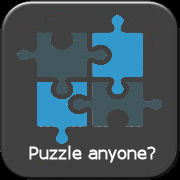 |
| Random Old Ads! |
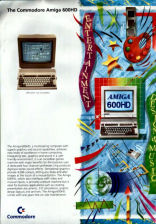 |
| ||||||||||||||||||||||||||
| ||||||||||||||||||||||||||
| ||||||||||||||||||||||||||
 STORY / GAMEPLAY STORY / GAMEPLAY As in every fighting game out there, in Street Fighter 2 you have to fight your opponents in a one-on-one close-quarter martial arts combat. The objective in each round is to deplete the opponent's vitality before the time runs out. You either win or lose, depending on the way you play this game and how good you are in controlling the character (and his or her powers) you choose. In case both fighters simultaneously knock each other out, then you have a "double KO" and in case the time runs out with both fighters having equal vitality left, then you call it a "draw". When a "draw" occurs, you'll have to fight some additional rounds until one of the two fighters is down for good. Street Fighter II gives you the option (as opposed to its predecessor) to select a fighter among multiple characters from different countries and different distinct fighting styles and special moves. The game is credited for initiating the fighting games' "craze" that "hit| the video games market during the 90s! GRAPHICS / SOUND The X68000 has the advantage of a powerful hardware, near identical to the Capcom CPS boards, so it's no wonder this is the most faithful to the arcade conversion. All the background details of the original are found here, while the sprites are huge and move fast and smooth on screen, with flawless animation. The game sports more than 100 colors on screen and in general this version is better compared to the Amiga and Atari ST (as expected) and quite similar to the PC-MS DOS. Additionally, the sound features most of the original digitized sound effects and the great in-game coin-op tunes! | ||||||||||||||||||||||||||
| ||
| ||
| |||||||||||
|
|
|
| ||||||||
|
| |||
Sharp X68000
| |||
| read more... | |||
| The Sharp X68000 (default) color palette | |||
 | |||
| 16bit RGB 65,536-colors palette (16 to 65,536 on screen) | |||
| ||
| No comments added yet | ||
| Login to leave your message! |
| Our featured games |
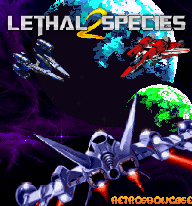 |
| Play old-school now! |
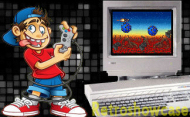 |
| Music Player! |
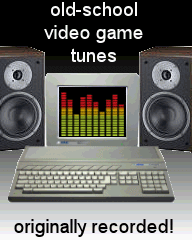 |
| Play ZX on-line!! |
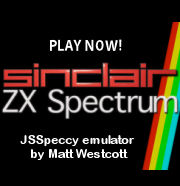 |
| Play CPC on-line!! |
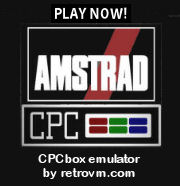 |
| Boot Screens! |
 |
| Retro-games Trivia! |
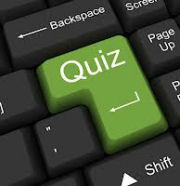 |
| Old-school Crossword! |
 |
| Is this my palette? |
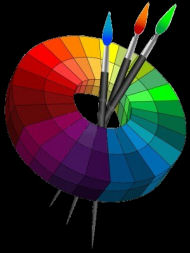 |
| The logo evolution! |
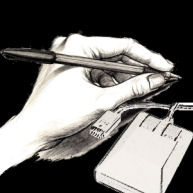 |
| Manuals! |
 |
| Beat them All! |
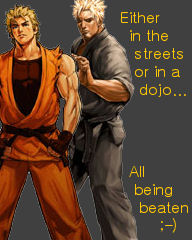 |




 8.0
8.0



















 CPU: X68000 (1987) to SUPER (1991) models - Hitachi HD68HC000 (16/32-bit) @ 10 MHz OR XVI (1991) to Compact (1992) models - Motorola 68000 (16/32-bit) @ 16 MHz OR X68030 (1993) models - Motorola MC68EC030 (32-bit) @ 25 MHz
CPU: X68000 (1987) to SUPER (1991) models - Hitachi HD68HC000 (16/32-bit) @ 10 MHz OR XVI (1991) to Compact (1992) models - Motorola 68000 (16/32-bit) @ 16 MHz OR X68030 (1993) models - Motorola MC68EC030 (32-bit) @ 25 MHz